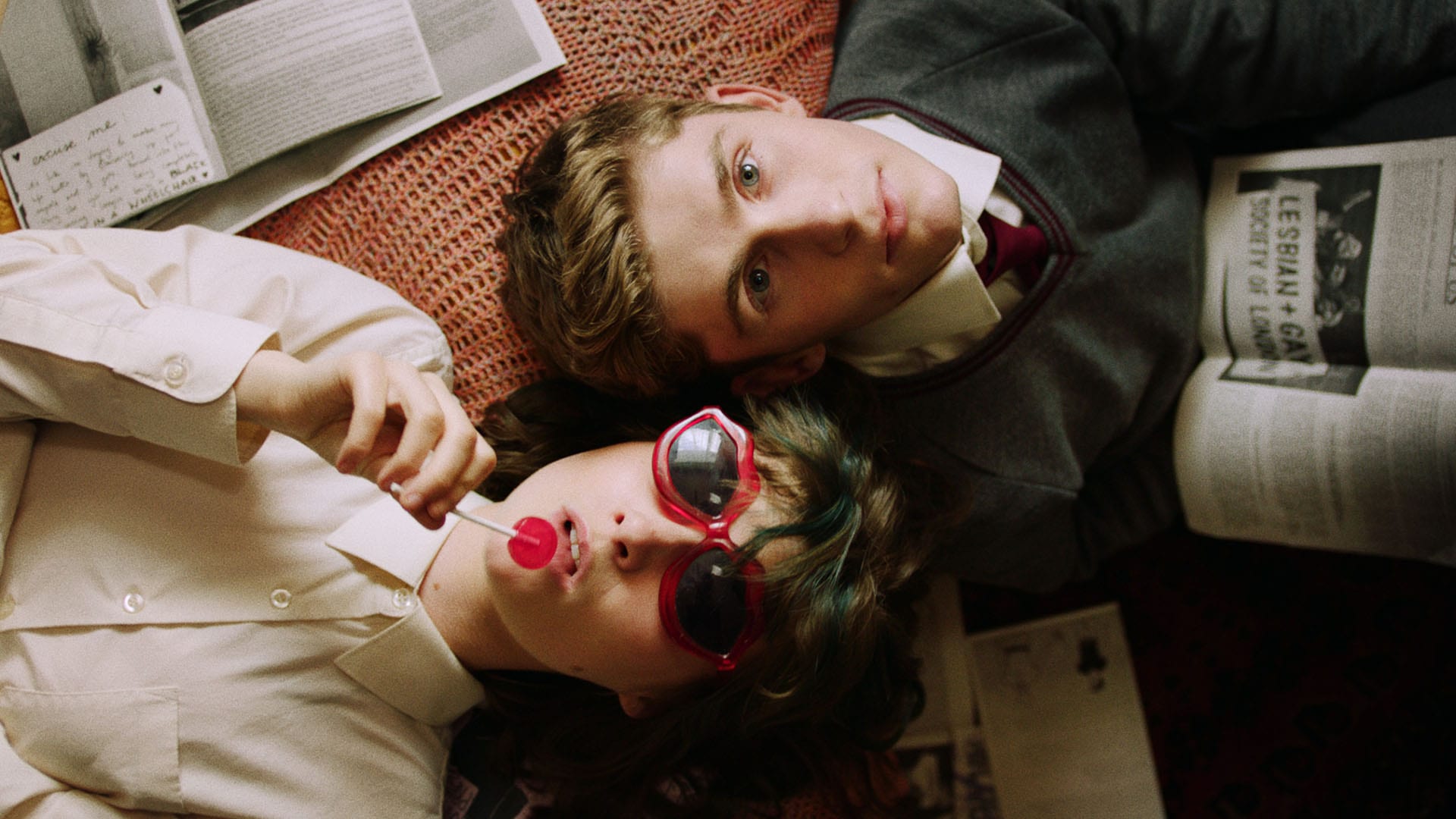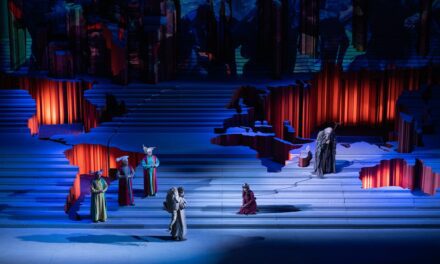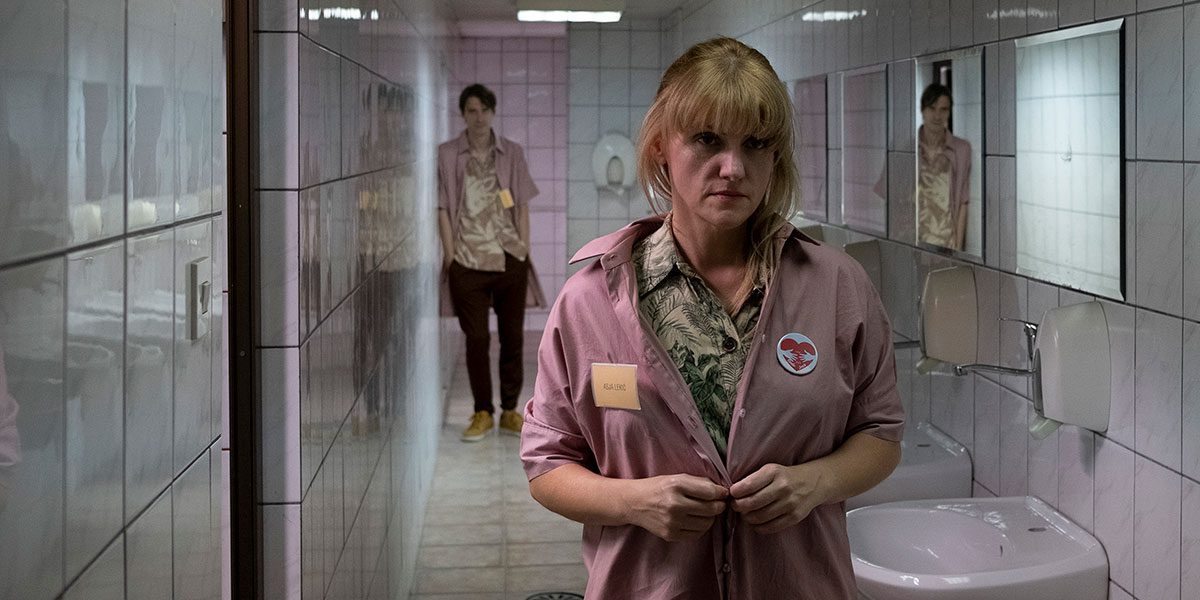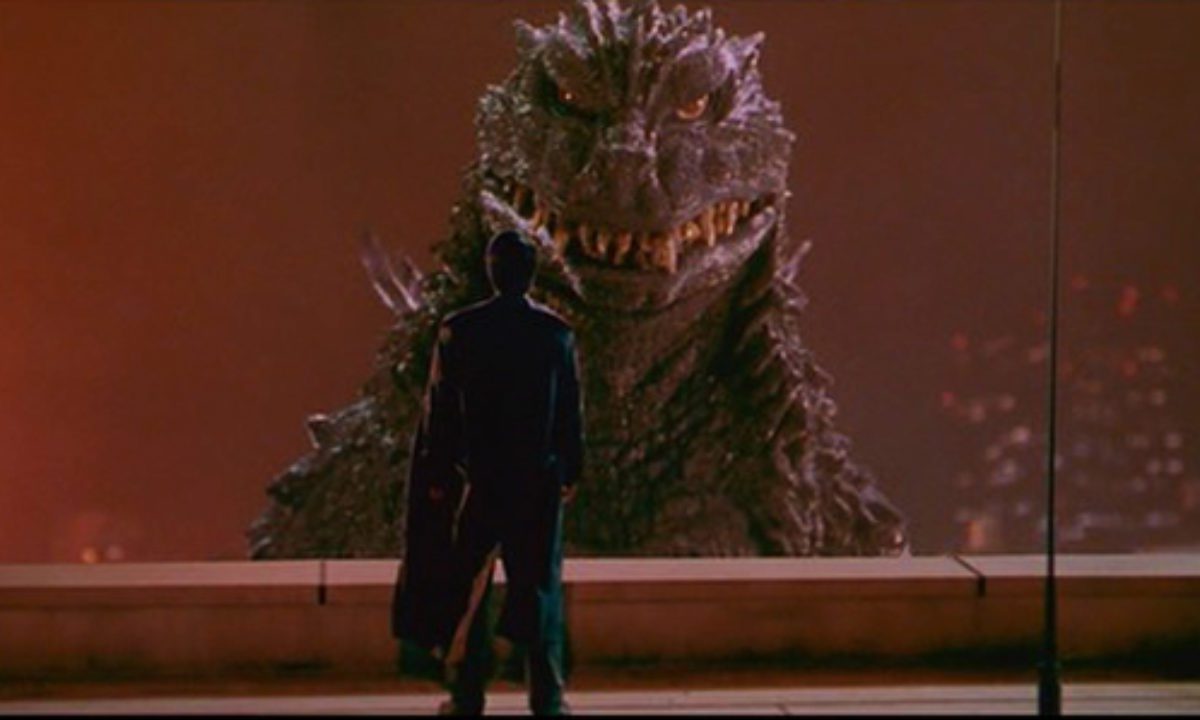
By Ben Dower
Yuji Shinoda (Takehiro Murata), with the help of his daughter Io (Mayu Suzuki), heads up the Godzilla Prediction Network (GPN), an independent group of researchers who track Godzilla.??While chasing Godzilla through Nemuro one evening, they are joined by reporter Yuki Ichinose (Naomi Nishida).
A meteorite has been discovered at the bottom of the sea. Shiro Miyasaka (Shiro Sano) of the Crisis Control Intelligence Agency (CCI) works to have the meteorite brought to the surface, but it turns out to be an alien spacecraft which takes flight after the sun rises.
Godzilla appears at the Tokai Nuclear Power Plant. Mitsuo Katagiri (Hiroshi Abe), head of the CCI, wants to kill Godzilla and has the JSDF confront the monster with their new armour piercing Full Metal Missile. The battle is interupted by the UFO, which blasts Godzilla back into the sea and then lands nearby. Yuji Shinoda and Shiro Miyasaka, who are old friends, study a fragment of Godzilla?s flesh and uncover the secret of Godzilla?s regeration abilities, which they name Organizer G1.
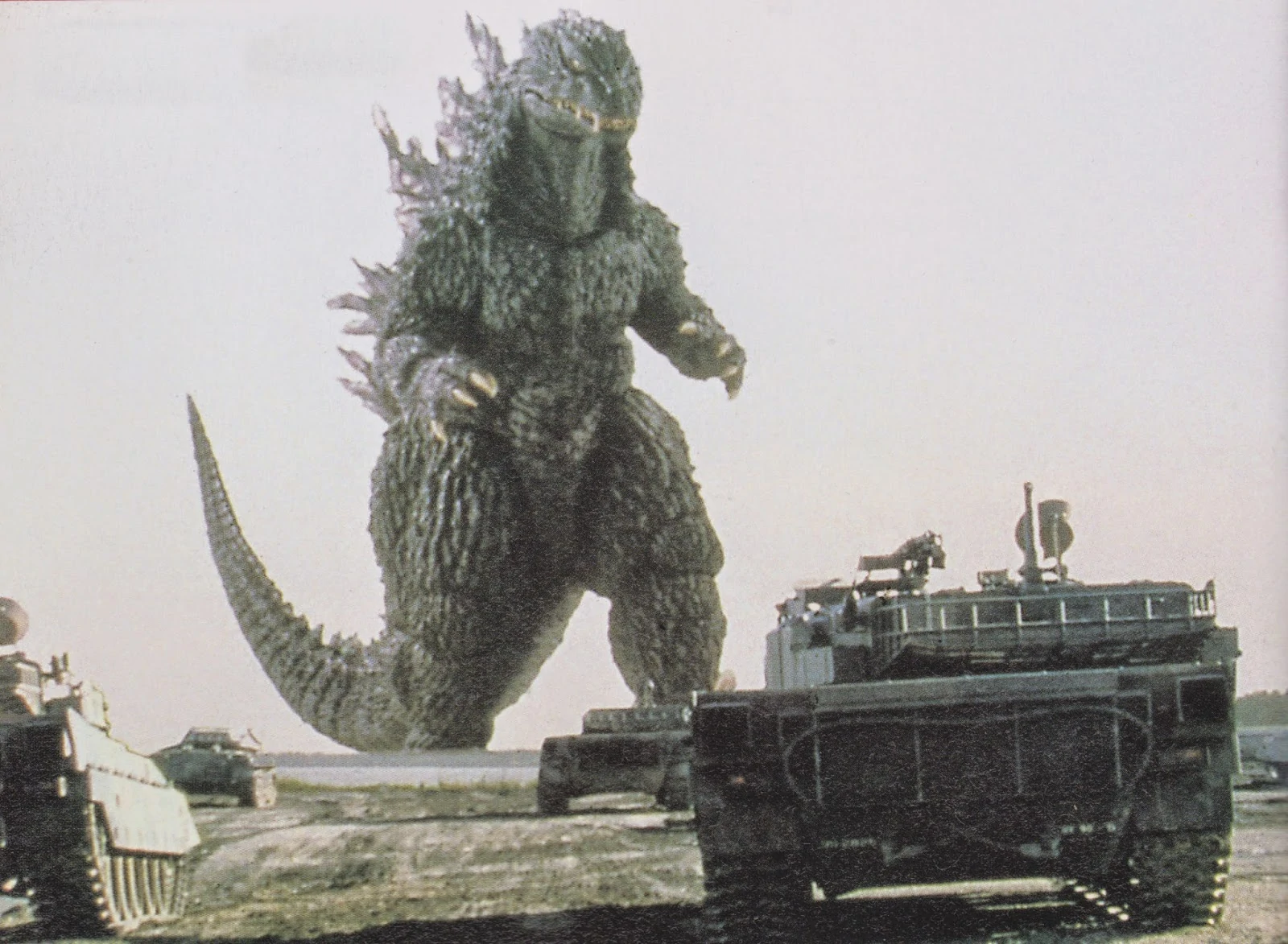
Despite attempts by CCI to anchor the UFO to the ground with wire, the object eventually breaks free and heads to Tokyo. The spacecraft lands on the Tokyo Opera City Tower and hacks computers across the city, collecting all the data it can on Godzilla. CCI has the top of Tokyo Opera City Tower blown up, but the UFO remains unscathed. The spacecraft then responds by blasting the rest of the building apart.
Godzilla surfaces in Tokyo Bay and marches through the city to Shinjuku. The monster and UFO battle, and the UFO takes some of Godzilla?s DNA. The alien inside alters its genetic makeup using Godzilla?s DNA and mutates into a giant monster called Orga. Godzilla and Orga do battle, with Orga able to use Organizer G1 to heal itself after Godzilla?s attacks. Godzilla eventually destroys Orga, kills Katagiri, and blasts Tokyo with his ray, marking it as his territory.
In 1995, Toho ended the Heisei Godzilla series with?Godzilla vs. Destoroyah, clearing the way for TriStar Pictures? big budget American Godzilla film.??TriStar had originally planned to make their own series of Godzilla films, but with reception for?Godzilla?(1998) being so bad, those plans were cancelled.??Despite the lack of any big screen followups, in September 1998, an animated spinoff of the TriStar film called?Godzilla: The Series?began broadcasting.??In many ways,?Godzilla: The Series?feels a lot like a more grounded version of the Showa Godzilla series and has been very well-received by fans.
With such a powerful rejection of TriStar Pictures? Godzilla movie came open calls for Toho to produce a new Godzilla film, and so the studio moved quickly to put one into production. With Tomoyuki Tanaka having passed away in 1997, Shogo Tomiyama took over the role of executive producer and hired Hiroshi Kashiwabara and Wataru Mimura to write the new film. Kashiwabara had previously written Godzilla vs SpaceGodzilla (1994), while Mimura had written Godzilla vs. Mechagodzilla II (1993).

Tomiyama also turned to people with past experience on Toho?s giant monster films when it came to the director roles. Takao Okawara was hired to direct his fourth Godzilla film, having previously directed Godzilla vs. Mothra (1992), Godzilla vs. Mechagodzilla II (1993), and Godzilla vs Destoroyah (1995). Kenji Suzuki, who had succeeded Koichi Kawakita as special effects director on Rebirth of Mothra III (1998), was also hired to be the special effects director for Godzilla 2000: Millennium.
Also returning to the series is composer Takayuki Hattori, who had previously scored Godzilla vs. SpaceGodzilla (1994). Hattori?s score is pretty good, and his theme for Godzilla really helps convey the power of the monster. Akira Ifukube?s classic Godzilla theme is also used when Godzilla rises out of Tokyo Bay and walks through the city to the UFO.
Rather than pick up where?Godzilla vs. Destoroyah?(1995) left off and begin a series about the now adult Godzilla Junior, Godzilla 2000: Millennium?takes place within its own continuity, something that would become a staple for most of the Millennium Godzilla series.??The move to stand alone films allowed Toho great room to experiment as the Millennium Godzilla series progressed as everything was open to change from one film to the next.??In keeping with this experimental new style, Godzilla is given his first major redesign in a Toho Godzilla film since?Godzilla v. Biollante?(1989).
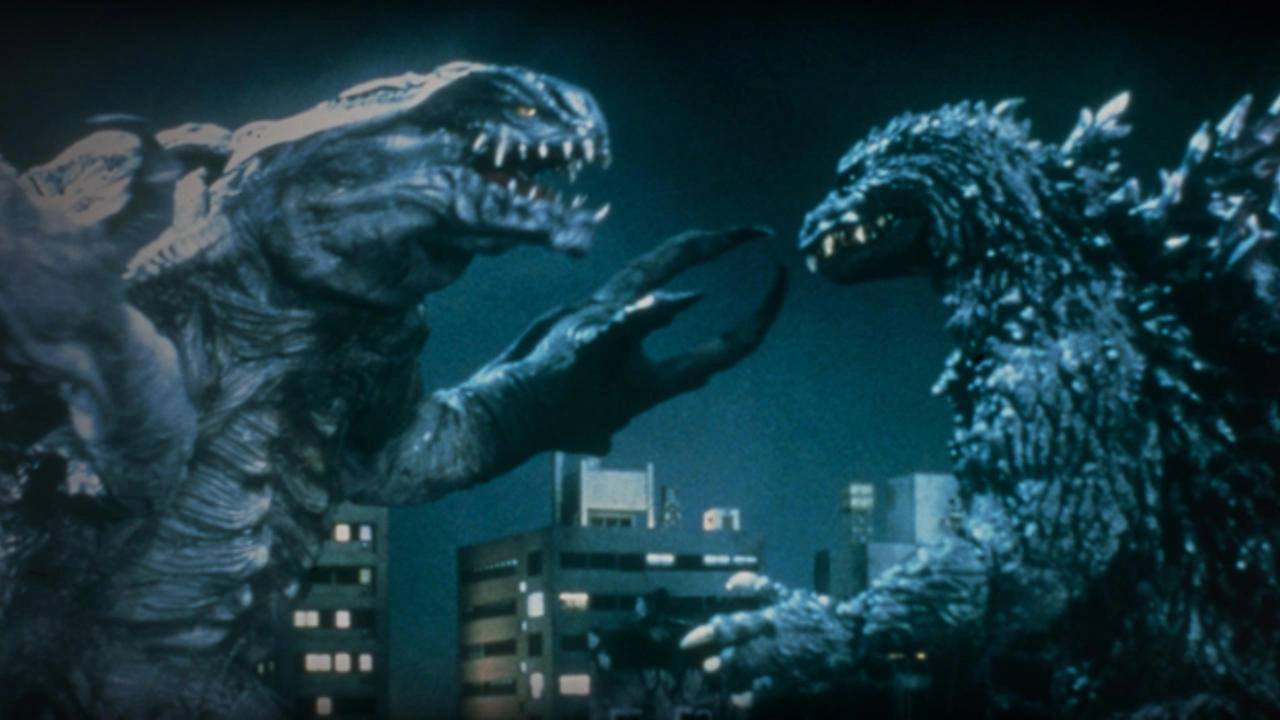
Godzilla 2000: Millennium is very clearly a response to Godzilla (1998). When Godzilla is attacked by the JSDF, he moves toward his attackers rather than running away like in the Hollywood film. There is also the scene where Godzilla is attacked by fighter jets and struck by twelve missiles ? the same number of missiles that killed TriStar Pictures? Godzilla ? and he just shrugs it off. As if to drive the point home, Godzilla?s invicibility is even made a core aspect of the plot in the form of Organizer G1, with the alien invader trying to use it to make itself more powerful as it attempts to take over the Earth.
Godzilla 2000: Millennium was released to theatres in Japan on December 11, 1999. Toho had the film dubbed into English in Hong Kong and TriStar Pictures licensed the movie for North American distribution. Rather than just release Toho?s English dubbed version to home video as had been done with the last five Heisei Godzilla series films, TriStar instead decided to give the film a theatrical release in North America. The movie was given a new dub in the United States, with the dialogue tweaked to be a little more funny than the Japanese version. The sound effects were heavily altered, including both monsters? roars, and new music was composed for some scenes. Also, several minutes were trimmed to tighten the pacing of the film. This new edit was released in North American theatres on August 18, 2000 as Godzilla 2000.
Godzilla 2000 was released on North American DVD and VHS on December 26, 2000, though I personally don?t ever remember seeing the VHS for sale in stores, apart from video rental shops. This release contained only the heavily edited American cut of the film. On September 9, 2014, Sony Pictures Home Entertainment released Godzilla 2000 and Godzilla 2000: Millennium to Blu-ray, with both cuts of the film on a single disc. Godzilla 2000: Millennium is presented in Japanese with optional English subtitles only and lacks Toho?s own English dub of the film. This Blu-ray release seems to still be available.

